Cyprus is not just a sunny coastal and Mediterranean cuisine. Thanks to its rich architectural heritage, you can spend leisure time profitably here, exploring the centuries-old history of the Mediterranean island.
In this article, we will tell you about the historical buildings preserved in the coastal city of Limassol, where they are located, and what makes them unique.
Pavlides Villa
The ancient mansion of the Pavlides family is visible to many residents of the city. It is located in the heart of the city, opposite the zoo and the promenade.
Every day, hundreds of Limassol residents pass by it. But few people know that this is one of the few buildings of the early 20th century that have been preserved in the city and have the status of historical and cultural value. One of the main features of the mansion was its rich interior decoration and a large green area around it.
The building belonged to the family of the famous Cypriot doctor George Pavlides. For a long time, Dr. George himself lived in the mansion, and later his son, radiologist Cyrus Pavlides, lived there with his family. However, recently the house was sold and underwent renovations both inside and outside. This well-known architectural monument in Limassol, designed in the neoclassical style, has gained a new life and now houses a private company that has transformed it into offices.
To be fair, it should be mentioned that during the renovation, the new owner preserved the historical facade of the building. The beautiful villa is surrounded by a garden and stands on a fairly large plot of land. This is one of the six historical buildings preserved on the Limassol promenade.
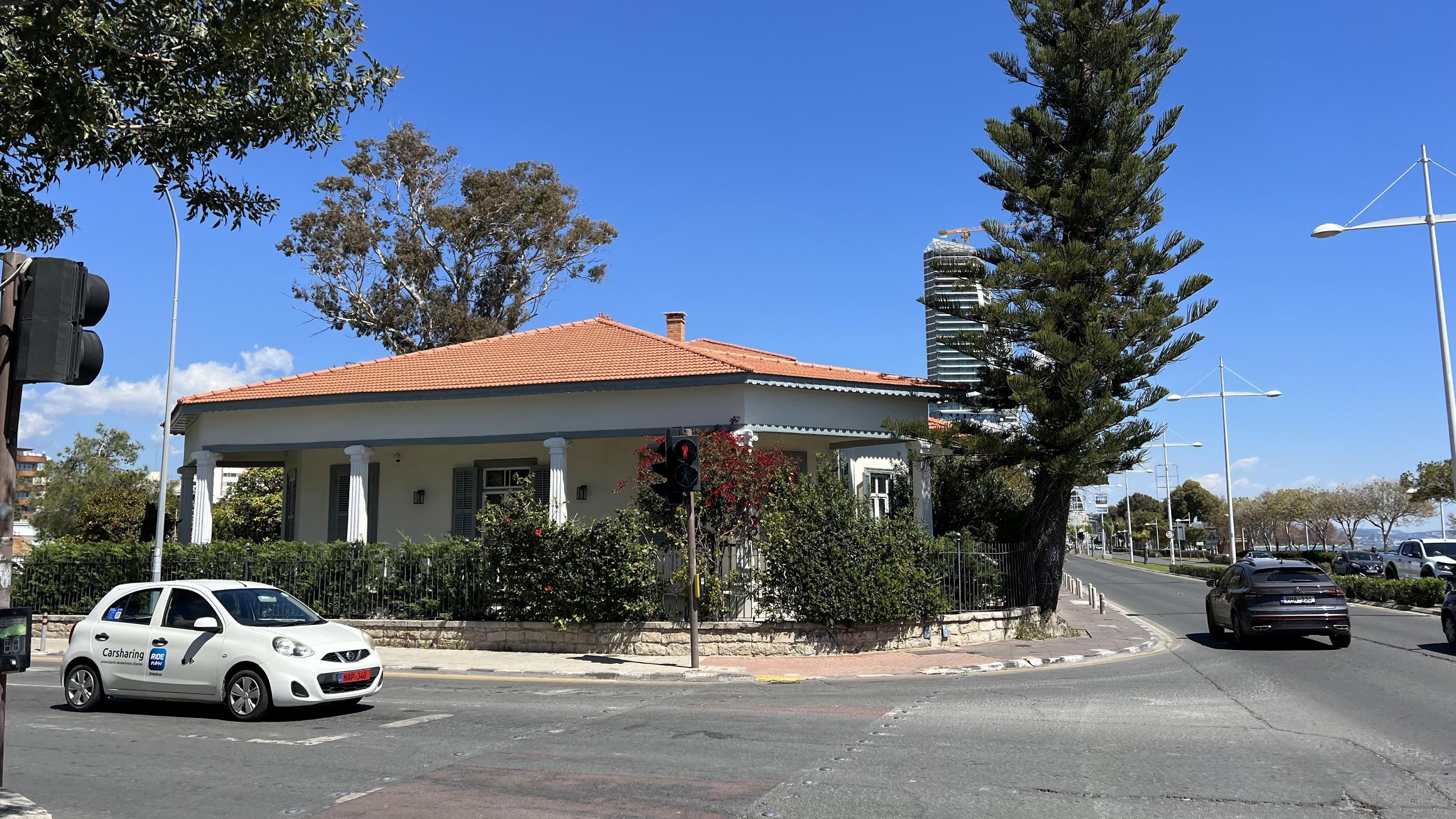

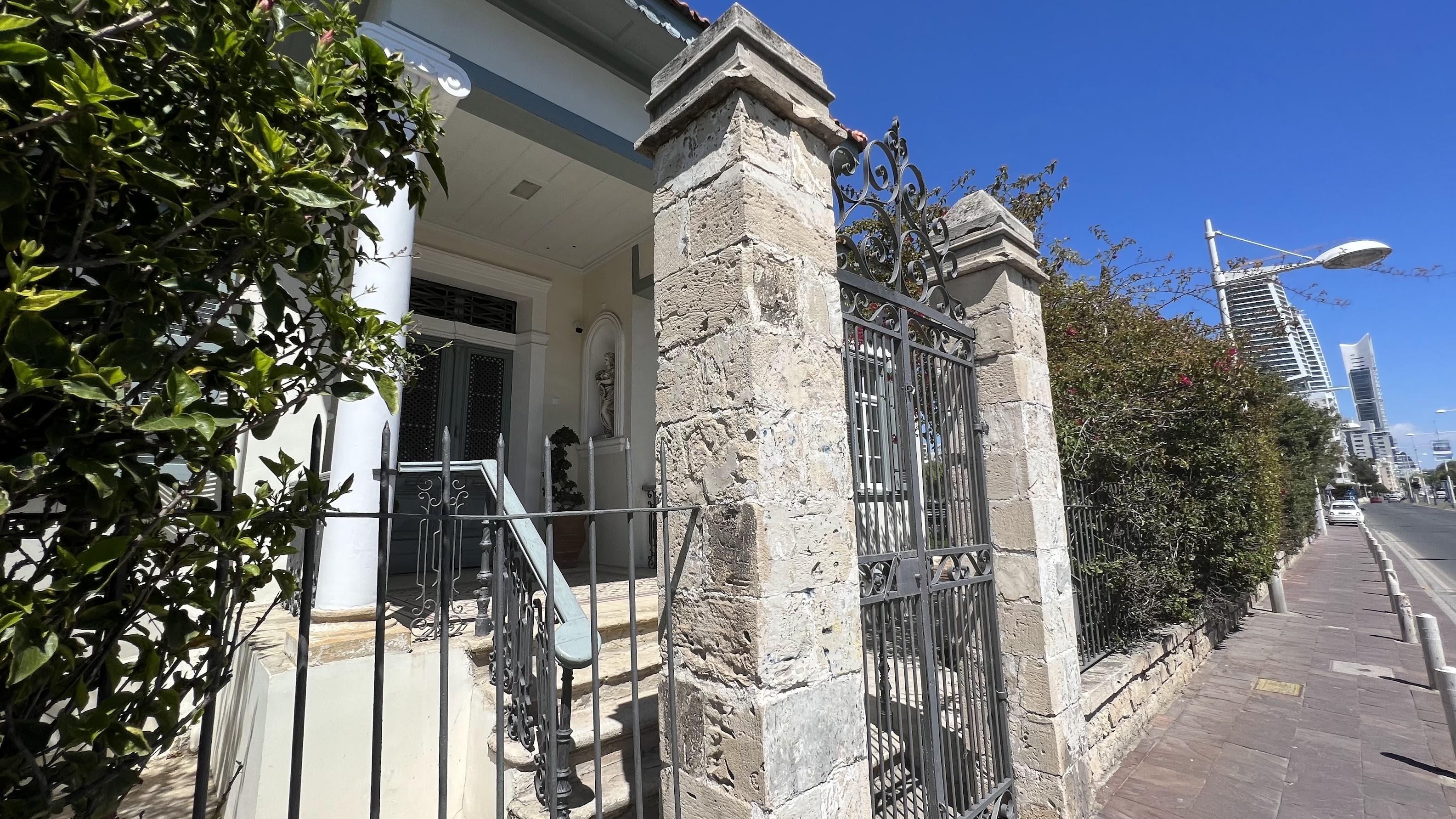
Continental Hotel
The hotel building is one of the oldest in Cyprus. It is located across the road from Molos promenade. In the early 20th century, the hotel welcomed guests from all over the world, but today it houses the School of Economics and Management.
Originally, the building was called Whitfield Residence. Since 1917, liberal politicians' meetings were held here. In 1920, the building was acquired by the Cypriot Orthodox Church under the administration of the Citium Diocese. After a few years, the building was rented by entrepreneur Georgios Ioannides, who turned it into the "Vienna" hotel. The hotel became famous in the city, on the island, and even beyond its borders, thanks to Ioannides' well-thought-out and bold advertising, which showcased spacious rooms and a unique view of the mountains and the sea. "Vienna" attracted more and more guests with each passing year.
In 1930, the hotel was taken over by Christos Milonas, who renamed it "Continental." The hotel became even more recognizable. The new owner successfully managed the business until 1974. Today, the building still stands in the same place but has lost its original appearance due to an added third floor.
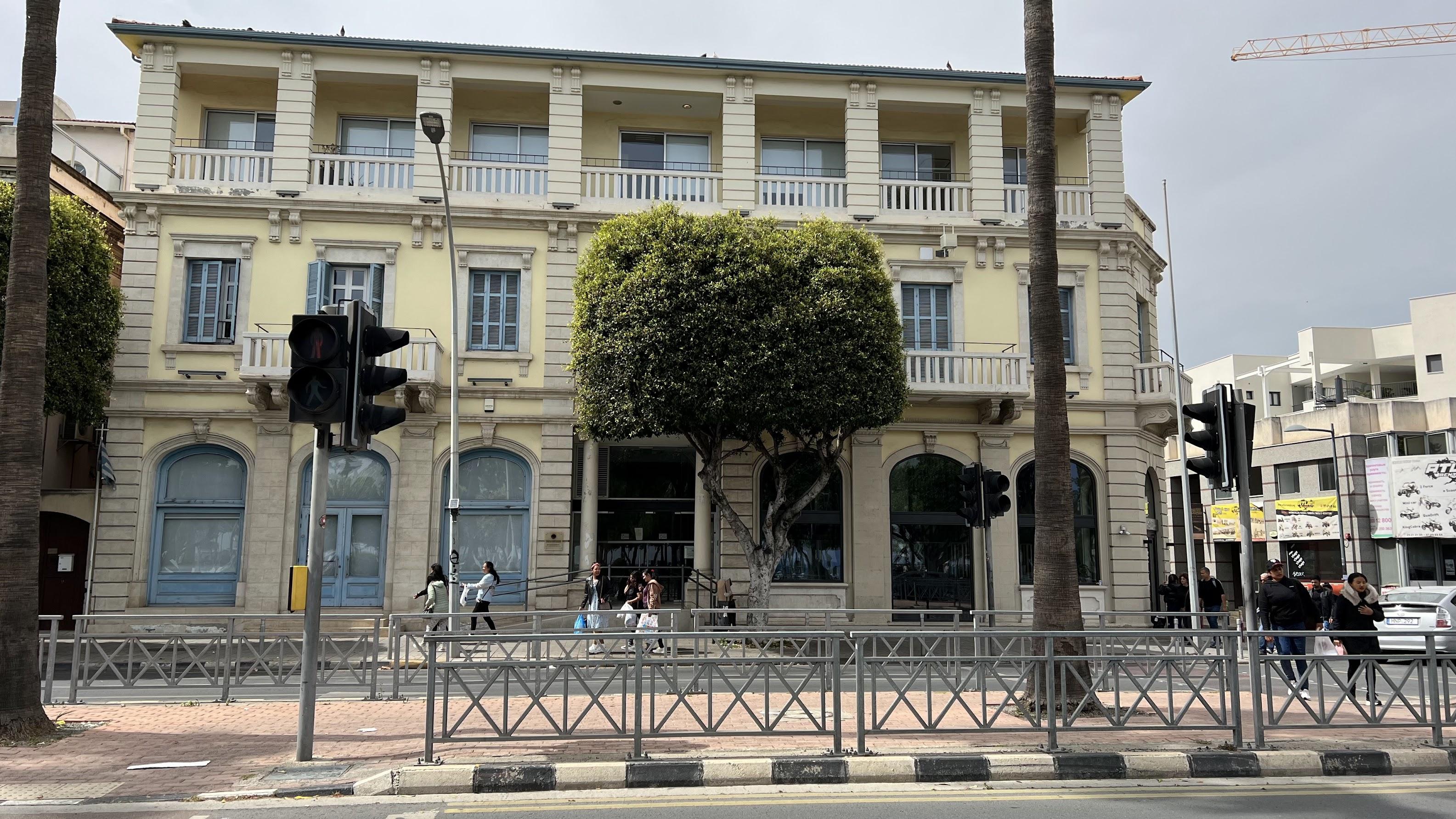
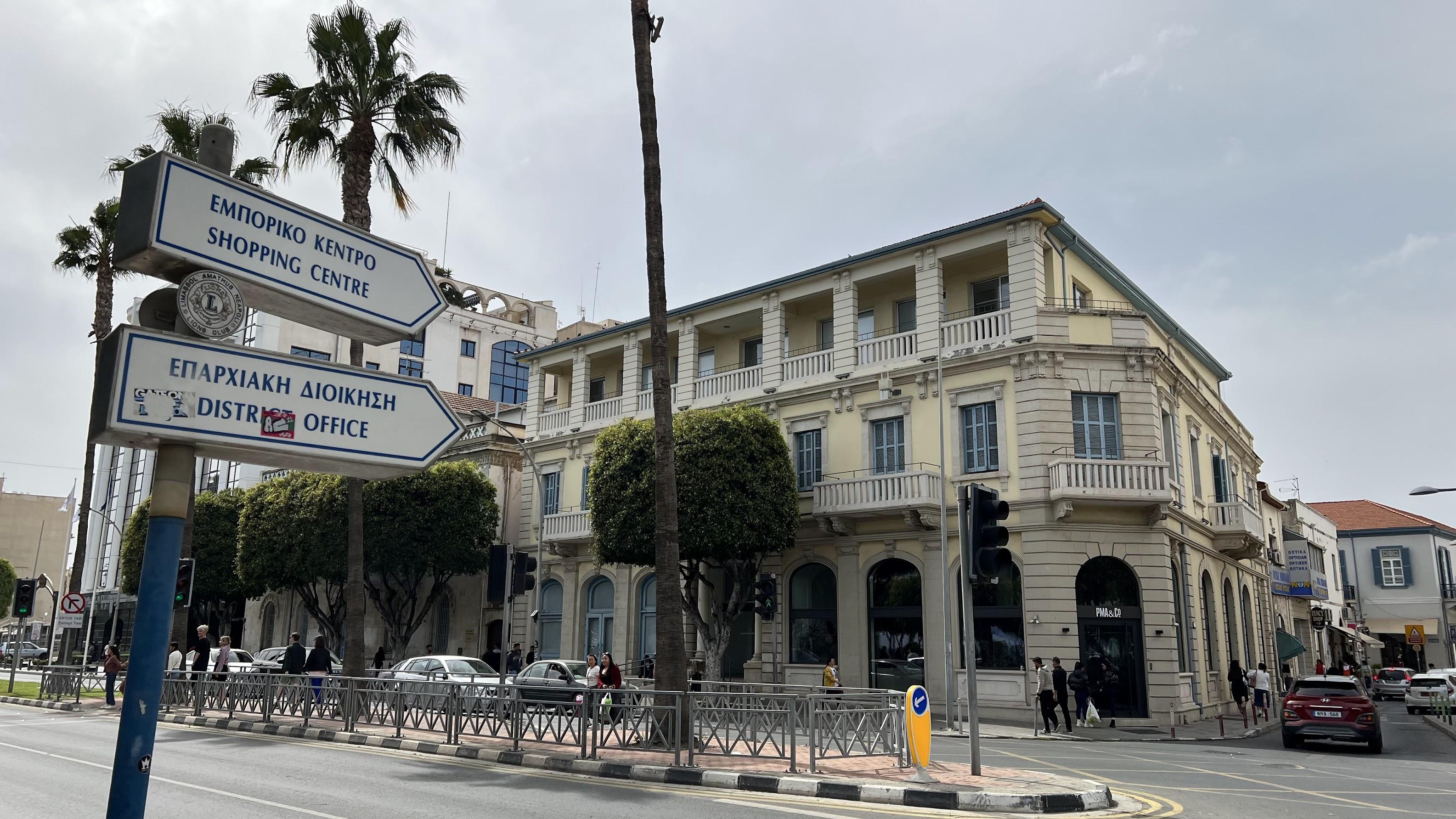
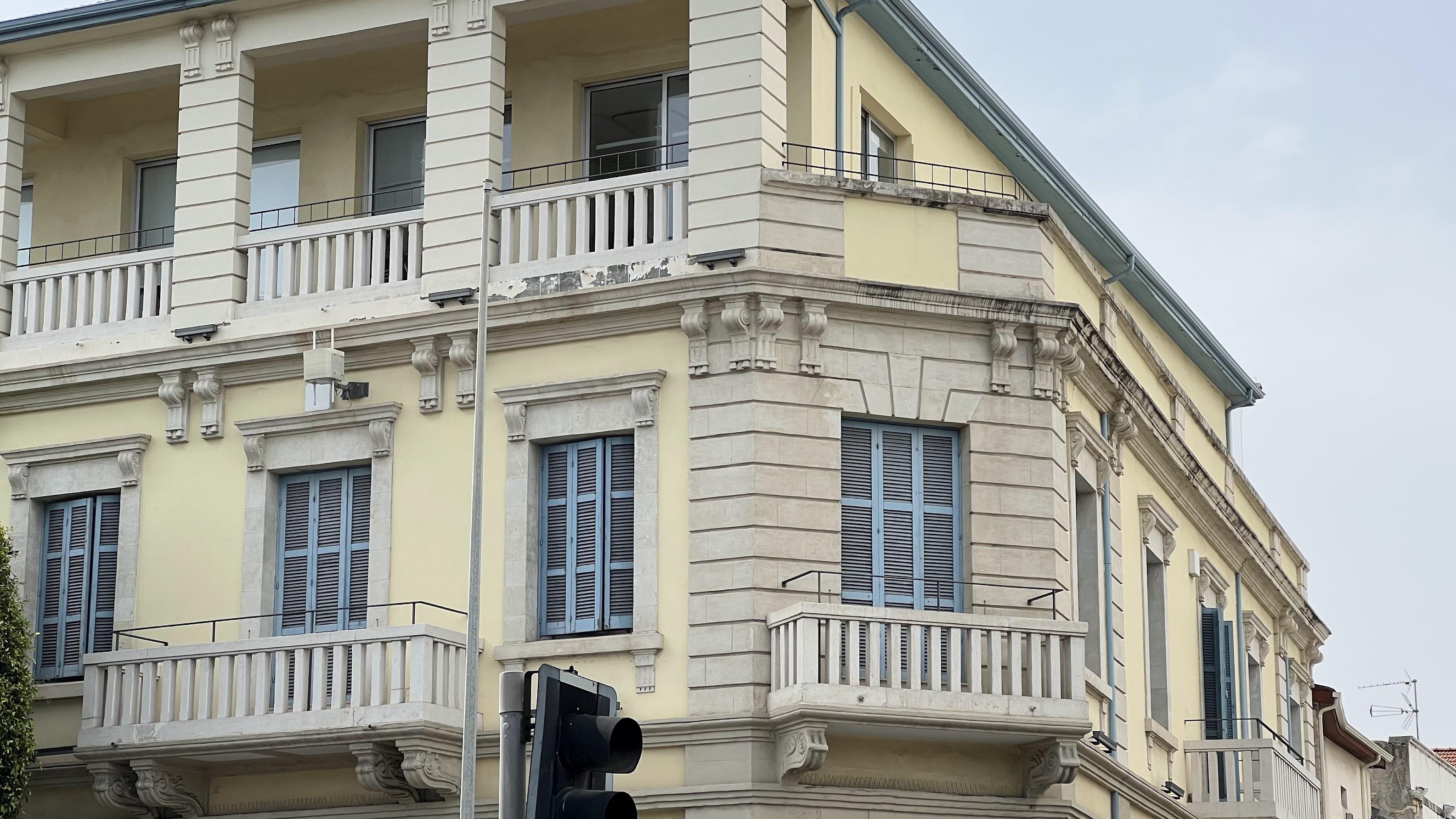
Metaxakis Residence
Next to the former Continental Hotel stands a building that stands out for its architectural style and inevitably attracts the attention of curious passers-by.
The history of this Limassol landmark begins in 1919 when the building was erected by the order of Meletios Metaxakis, the Metropolitan of Kition. Metaxakis was a remarkable personality, serving as the Metropolitan of Cyprus and the head of the Greek Orthodox Church. In 1921, he was elected Patriarch of Constantinople and, after being expelled from Constantinople in 1923, he became the Patriarch of Alexandria. It was he who was responsible for introducing a new style, which is why the Orthodox faithful of Cyprus began celebrating Christmas on December 25th.
The building, built in the neo-Byzantine style by the order of Meletios Metaxakis on the Limassol promenade, became his residence. The project was carried out by the famous architect Zacharias Vondas, the author of such buildings as the Holy Trinity Church in the Agia Triada area, the "yellow house," the Lanitis family residence, and the municipal market building.
In 1922, the Cyprus Orthodox Church converted the residence into a boarding house for students from nearby villages. In 1924, the building was rented by the sports club "Enosis," and Limassol locals remember it as the club's headquarters.
The impressive building with an arched entrance and a relief pediment became a landmark of the entire city. Today, the owners of the majestic building continue to rent it out, accommodating various commercial companies. Little is known, but behind the former residence hides a small church of Sts. Andronicus and Athanasia, which is still in operation.
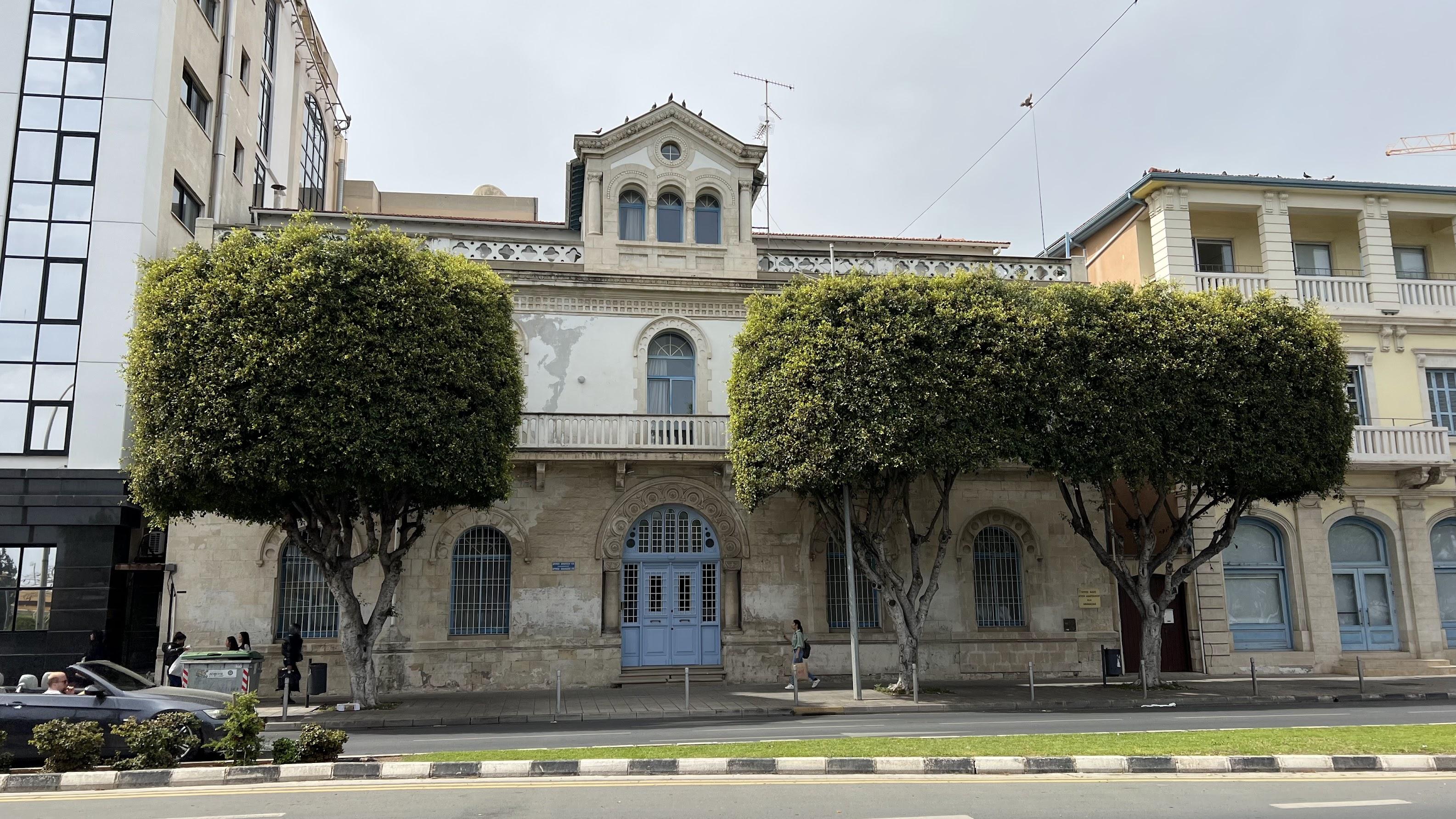
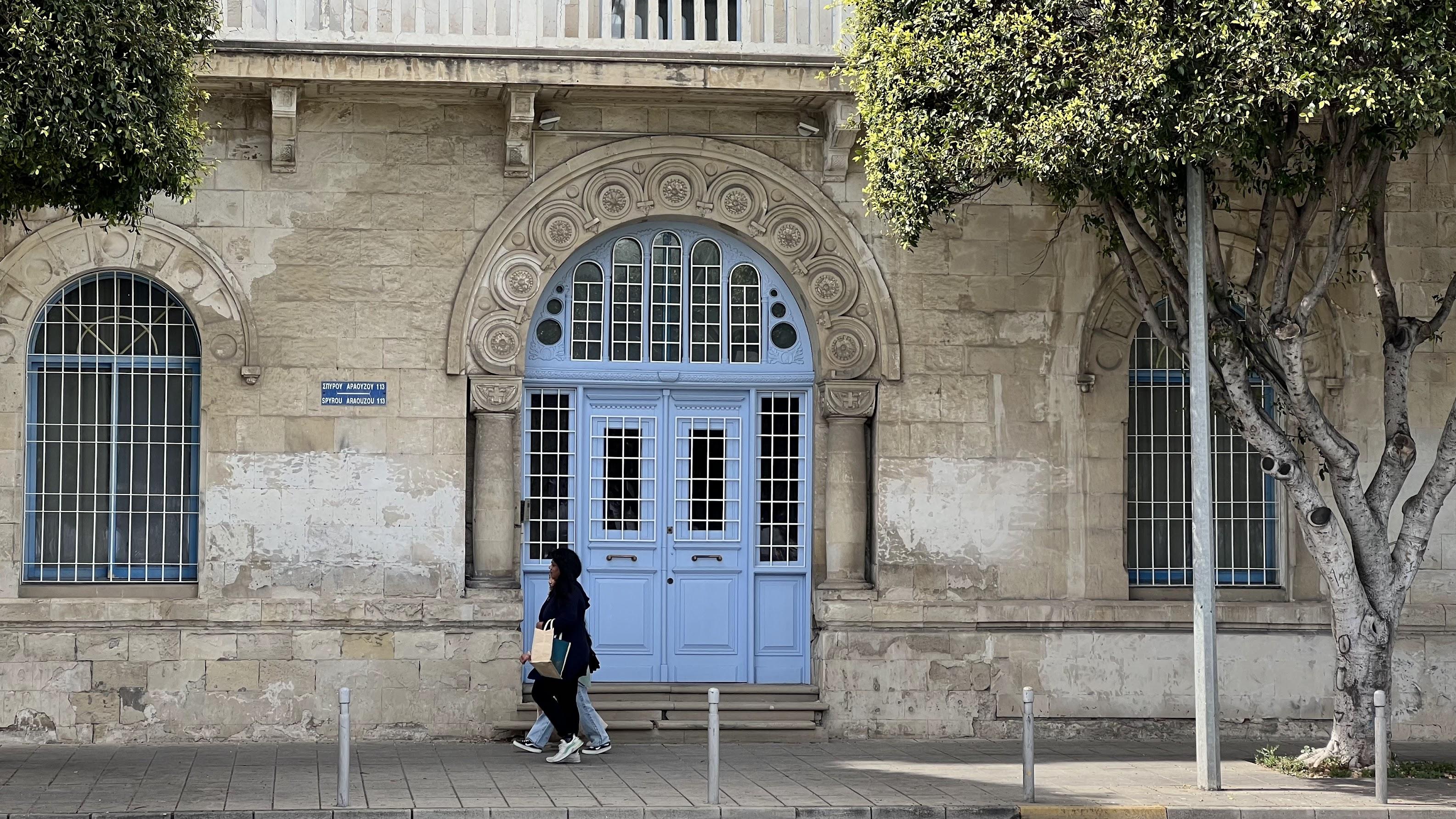
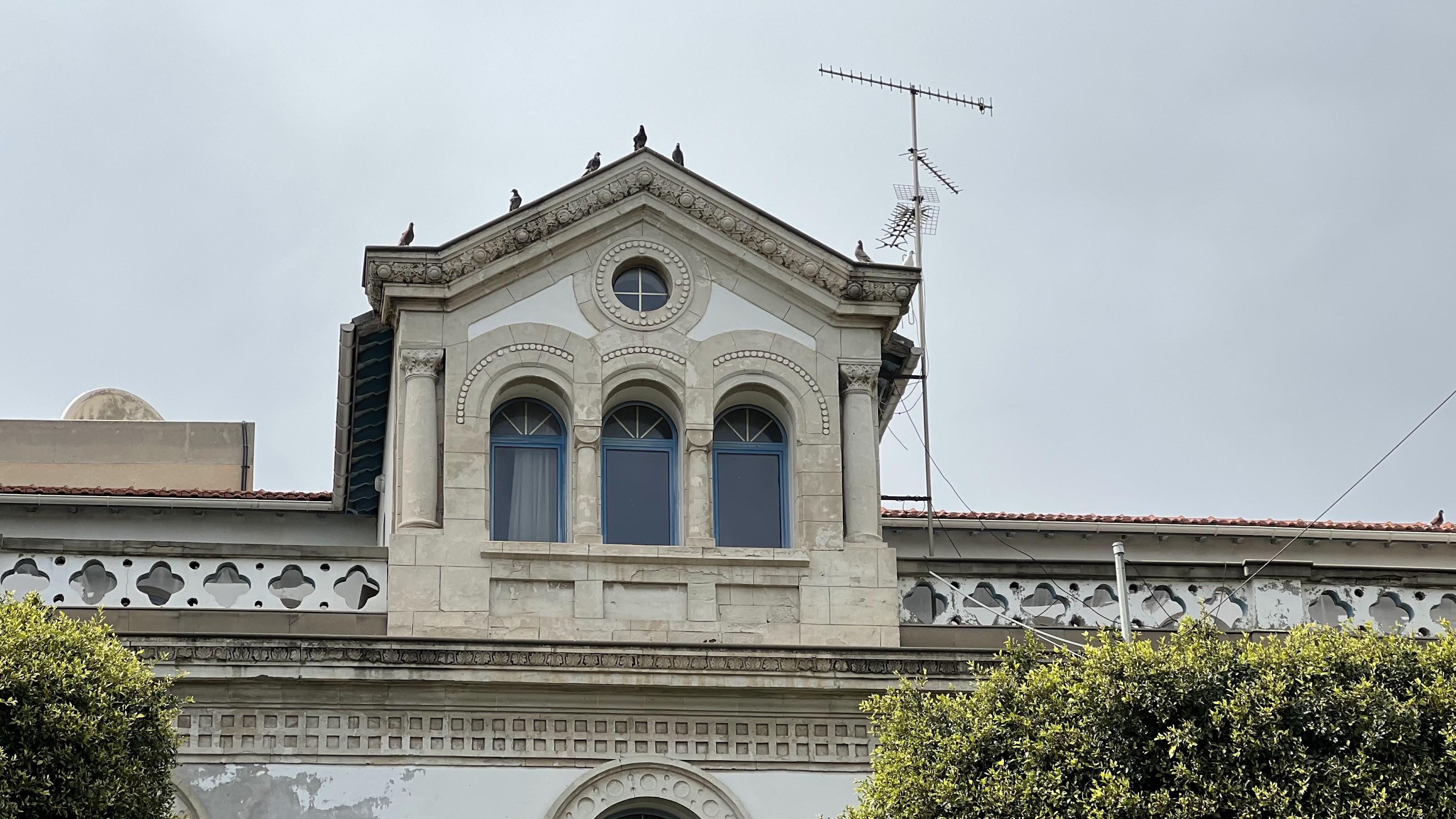
Lanitis Building
In 1926, in the historic center of Limassol, next to the city hall, a beautiful three-story building appeared, which stood out favorably against other structures. The mansion was built for the Lanitis family.
The architectural project of the building was developed by Zacharias Vondas, who is the author of numerous historical projects in the city. Vondas left his unique mark in the architectural history of Limassol, with characteristic window frames and intricate cornices with decorative finish. The exquisitely designed balcony railings are particularly striking, and the symmetrical neobaroque facade gives the building elegance and grandeur.
In the early 20th century, the Lanitis Mansion was one of the first buildings that played an important role during the British occupation - it housed the consulates of foreign countries in Limassol. Today, the historical object serves as the office of Lanitis Holdings.
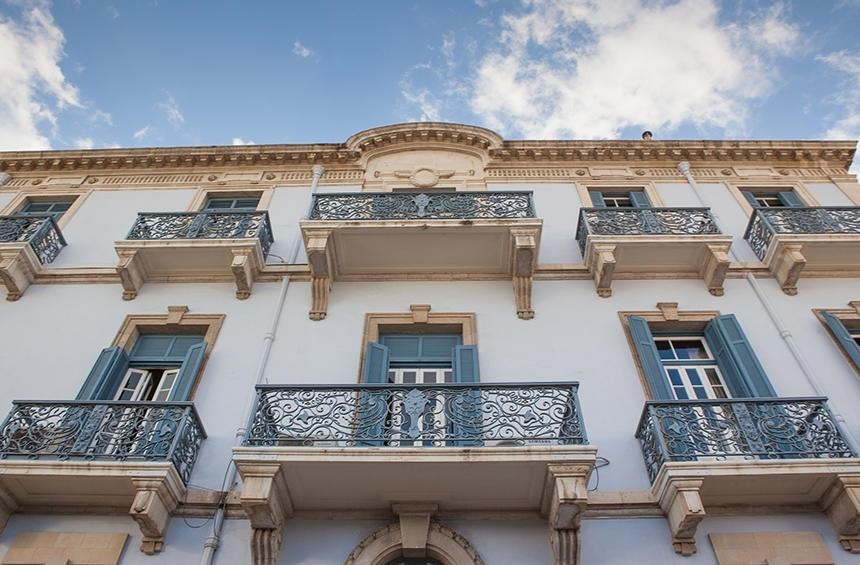
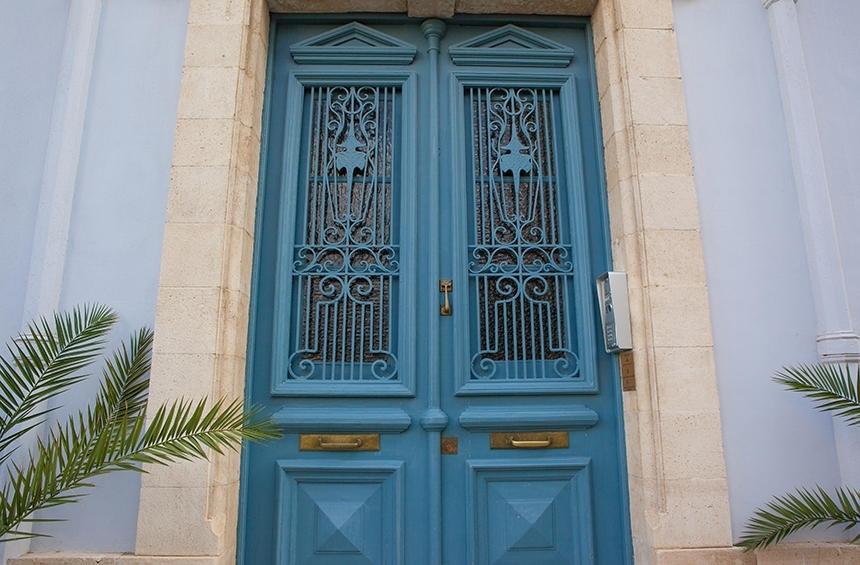
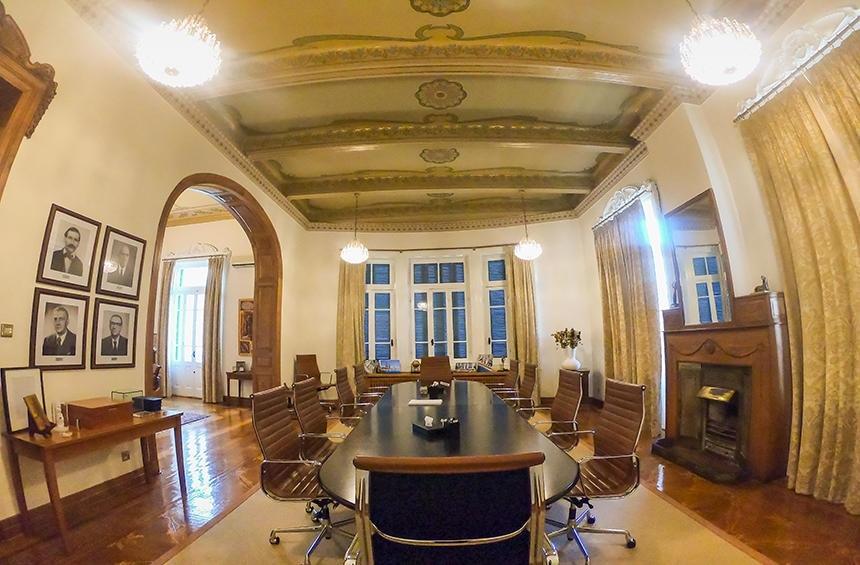
Limassol Municipal University Library
On the corner of St. Andrew and Karaiskaki streets in the old city stands a beautiful building that was once the mansion of Pilovakis. The architect of the building is the famous French workshop of Eduard Niermans. The building owes its existence to Antonis Pilavakis, an entrepreneur and son of Aristoklis Pilovatis, an industrialist and banker, as well as a co-founder of the first Cypriot shipping company with three brothers. Impressed by the neoclassical architecture of Monaco, Antonis Pilavakis commissioned the project of a two-story mansion in 1914, with a mandatory use of characteristic appearance and decor typical of the style of Napoleon III.
The finished drawings were slightly modified and adapted by the well-known Greek architect Zacharios Vondas, who participated in the design of the Limassol Municipal Market and the Holy Trinity Church. The construction of this unprecedented in its artistic merits and engineering solutions house began in 1919. Craftsmen from all over Cyprus were gathered to create the stucco and carved decorative elements.
The building was put into operation in 1934. The mansion was surrounded by a solid fence, which was demolished after the building was acquired for the needs of the Limassol municipal library in 1966. The modern appearance of the house was acquired in the late 60s and early 70s when it was transformed into a library.
In 2017, by decision of the Limassol municipal council, the library was handed over to the Cyprus University of Technology and renamed the Limassol Municipal University Library. After a major renovation and modernization of the interior spaces, TEPAK equipped it with the latest technology. Today, the library's collection comprises about 60,000 books, a selection of newspapers and magazines published in Limassol since the 19th century, and about 270,000 e-books. The library is available not only to students of the Cyprus University of Technology (TEPAK) but also to all people who seek knowledge.
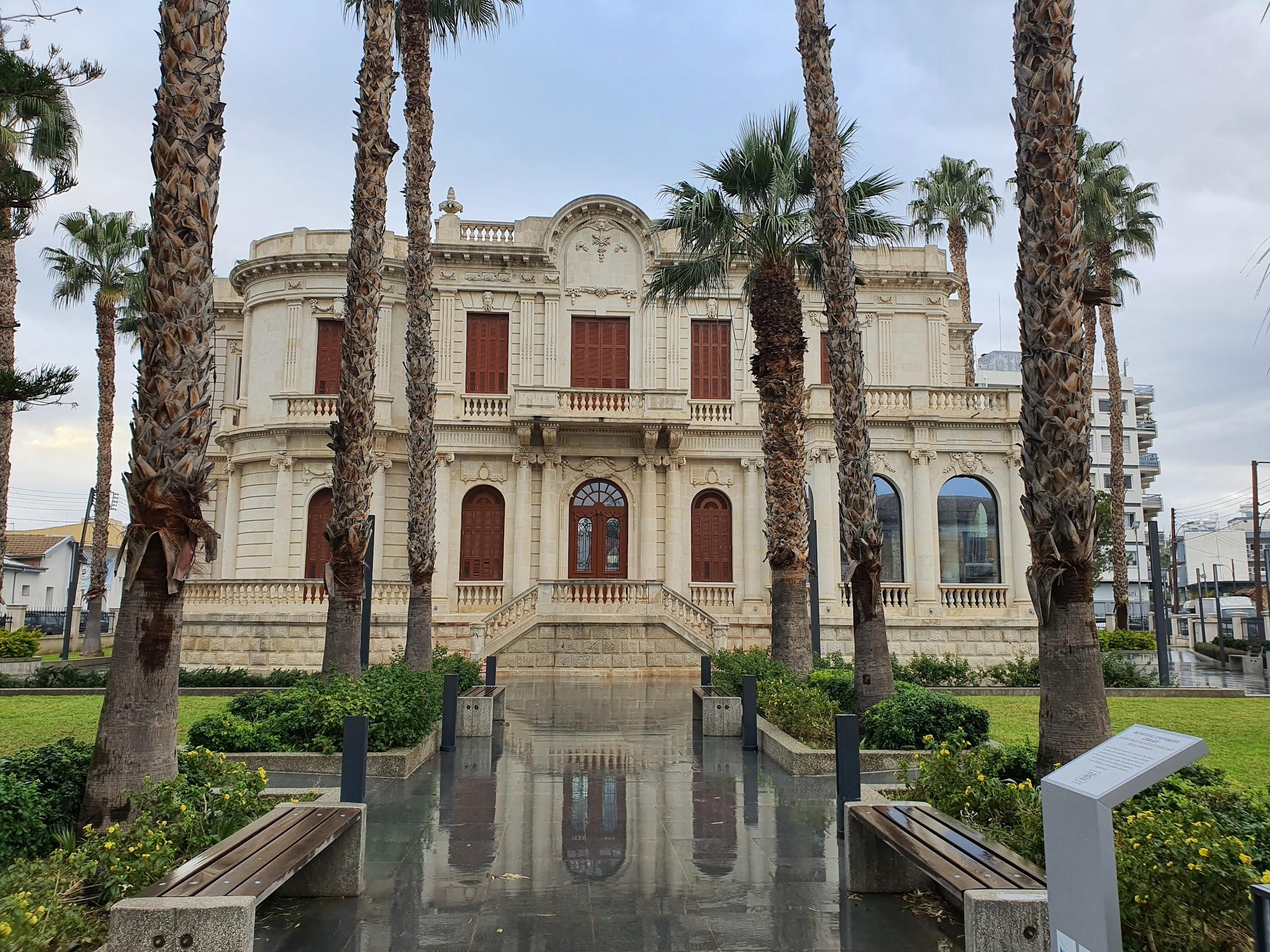
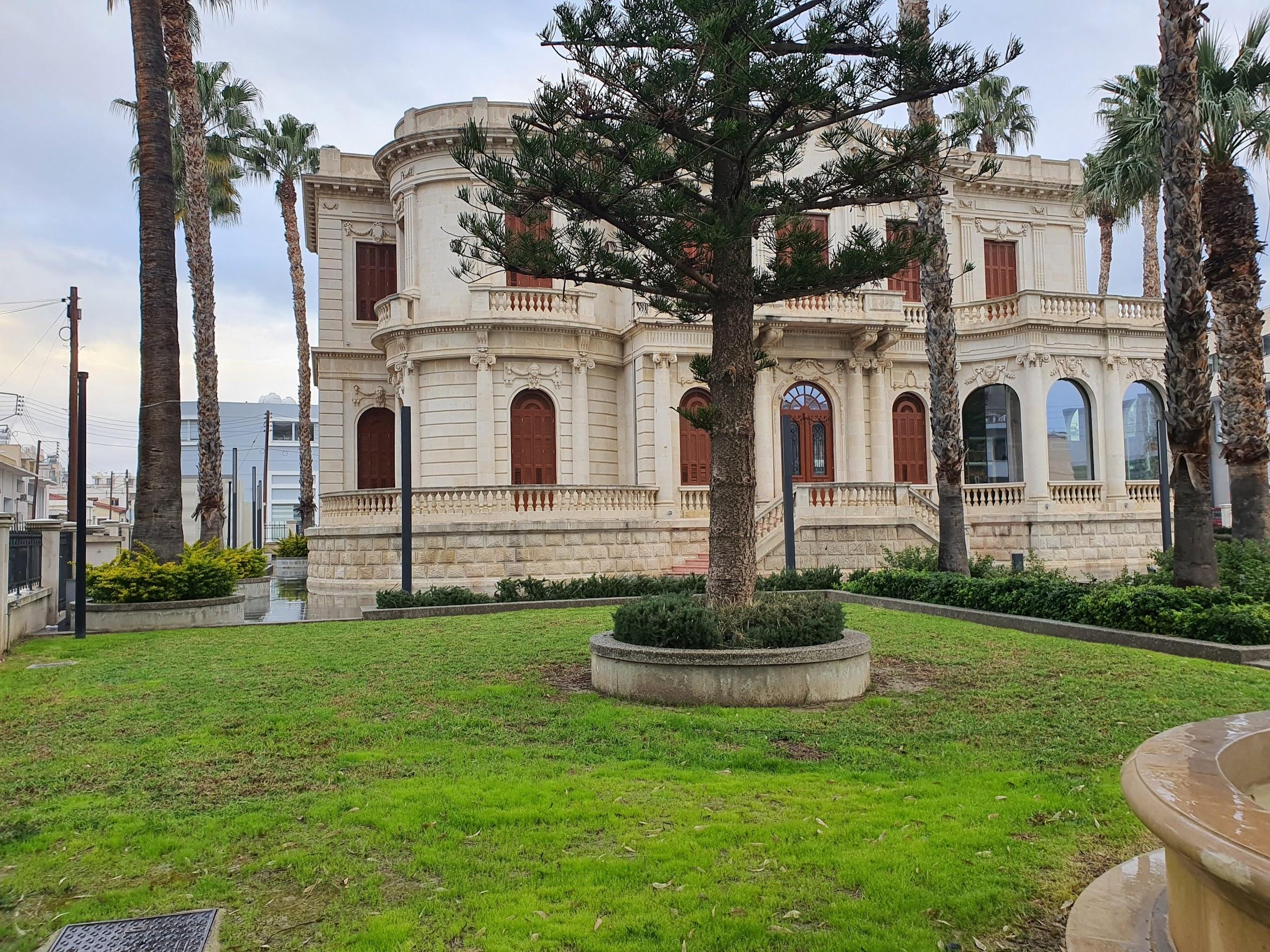
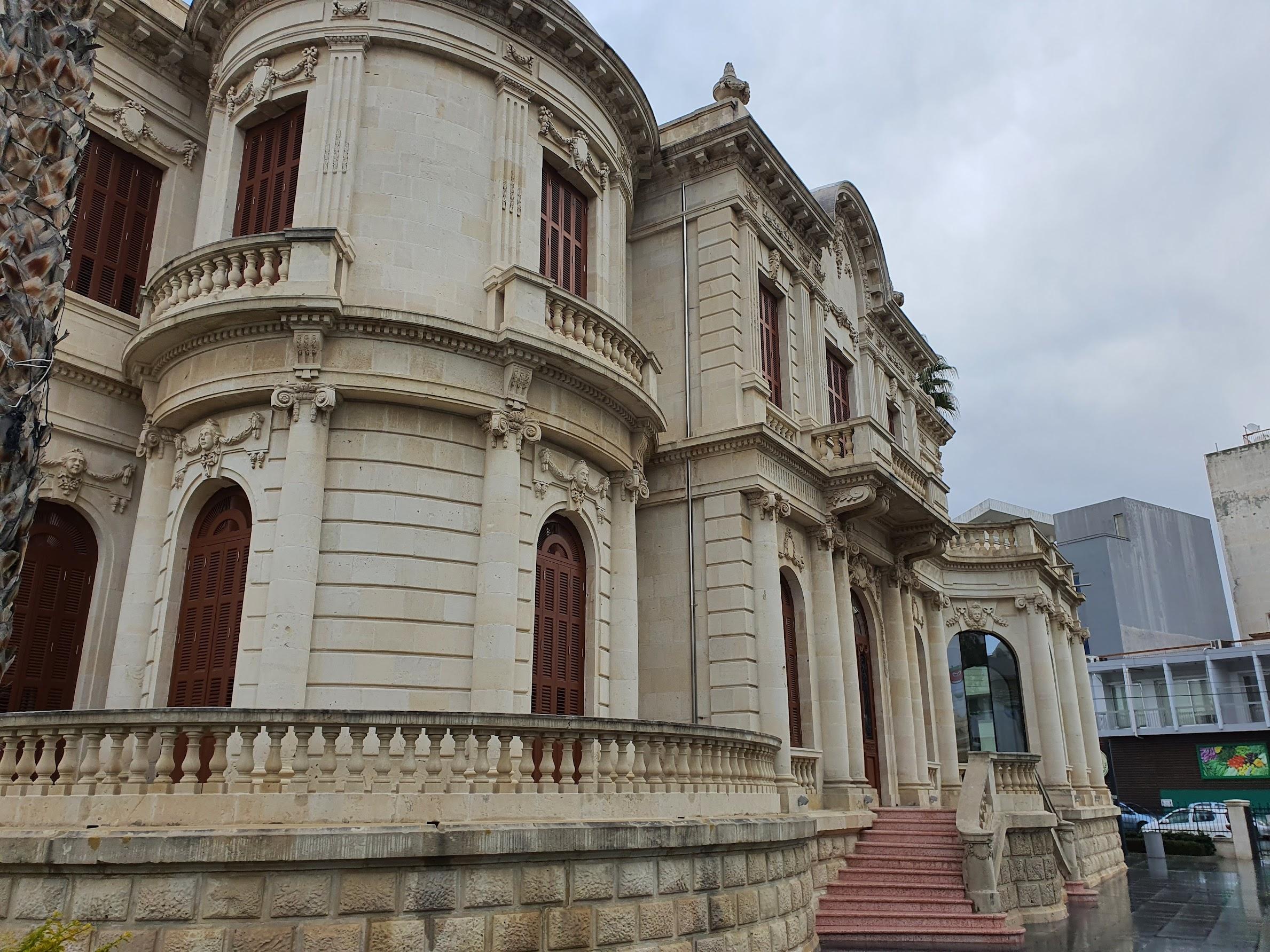
Ipatia Pavlides Mansion
One of the oldest buildings in Limassol is located across the road from the sea in the Neapolis area. It was built in 1938 according to the project of the German architect Veniamin Ginzburg. The appearance of the house is atypical for Cyprus: it stands out among the urban development with its architectural style in the spirit of European modernism.
Until the mid-1980s, the building had the status of a private residence of the Ipatia Pavlidis family. In 1984, the house was donated to the Limassol municipality. On June 26, 1988, the building was transformed into the Municipal Art Gallery. Eight years later, it was expanded with additional rooms. Currently, the building is undergoing renovation, which is expected to be completed by the summer of 2023.
It is worth noting that the Municipal Art Gallery is a place where works of the brightest representatives of classical and contemporary Cypriot fine art are collected, as well as several Greek and other foreign artists who have made their contribution to the development of artistic culture in Cyprus.
The gallery's collection includes about 600 exhibits, including paintings and graphics, sculpture and installations, ceramics, and other applied art. Works by masters of the so-called "old school" and new art, covering both old naturalistic and realistic trends (characteristic of European art in the second half of the 19th century) and contemporary works that reveal the views of creators on art and its role in modern society as a whole can be seen today in the gallery halls. The collection presents one of the largest and most valuable art collections of Cypriot contemporary art. It features works by artists such as Adamantios Korais, Michail KKasialos, Christoforos Savva, Viktor Ioannides, Lukia Nikolaidou, Takis Frangoudis, Vasilis Vrionides, Nikos Nikolaides, Andreas Ladommatos, Stass Paraskos, Stella Michailidou, Andros, Efstathia, Spyros Dimitriadis.
The second-floor halls are dedicated to the magnificent collection of Marios Vasiliadis, and on the lower, semi-basement floor, there is an exposition entirely dedicated to the ideas and events of the national liberation struggle of the Cypriot people. All exhibits of this part of the exposition belong to the Council of Historical Memory.
After the renovation, the Municipal Gallery will also host the collection of Andreas Efesopoulos entitled "Amathus - Old Limassol."

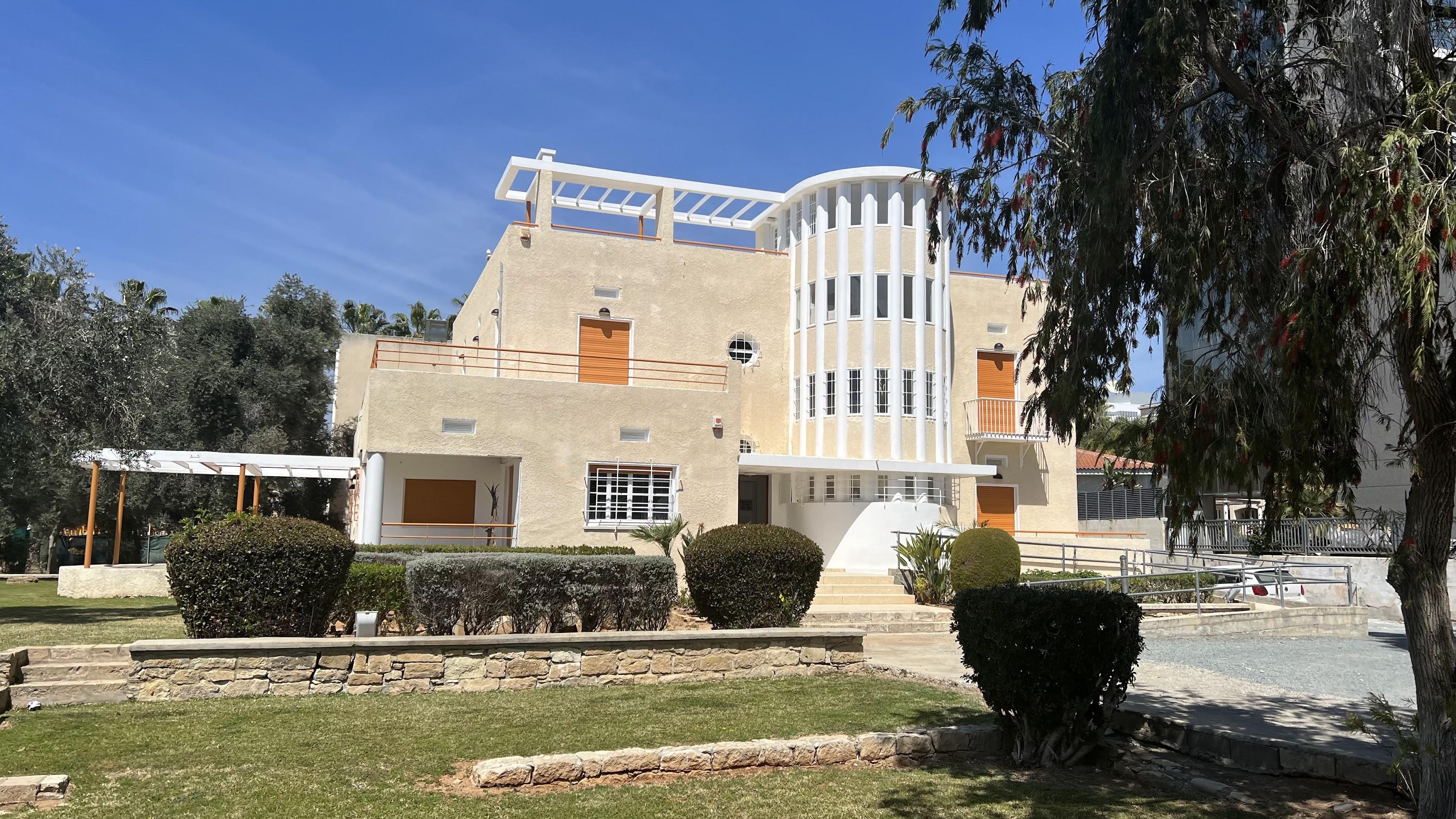

"Yellow House"
Anyone who strolls through the historic center of Limassol has seen the old corner building located opposite Ayia Napa Cathedral. Local residents often call it the "Yellow House."
The building of unusual shape was built in 1917 according to the project of Zacharias Vondas. On closer examination of the facade of the house, you can notice elegant architectural details typical of the style of European eclecticism, which was popular at that time. There are also elements of French Baroque in the decorative pediments above the circular window on the eastern side.
Until 1960, the building was used as a residential house. On the first floor, there were shops and cafes, and on the second, there were apartments. The locals still remember the famous Yellow House Café, where all the local youth spent their leisure time. It was in this cafe that hot dogs and hamburgers were first sold in Cyprus.
In 1961, the building was handed over for the needs of the Limassol Water Supply Administration. The organization operated the house until 1981.
Today, it mainly functions as various catering establishments.
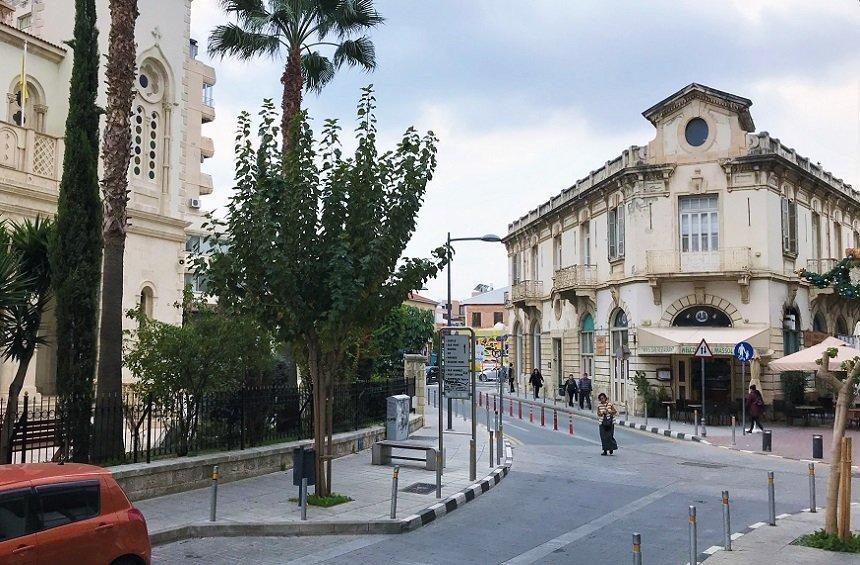
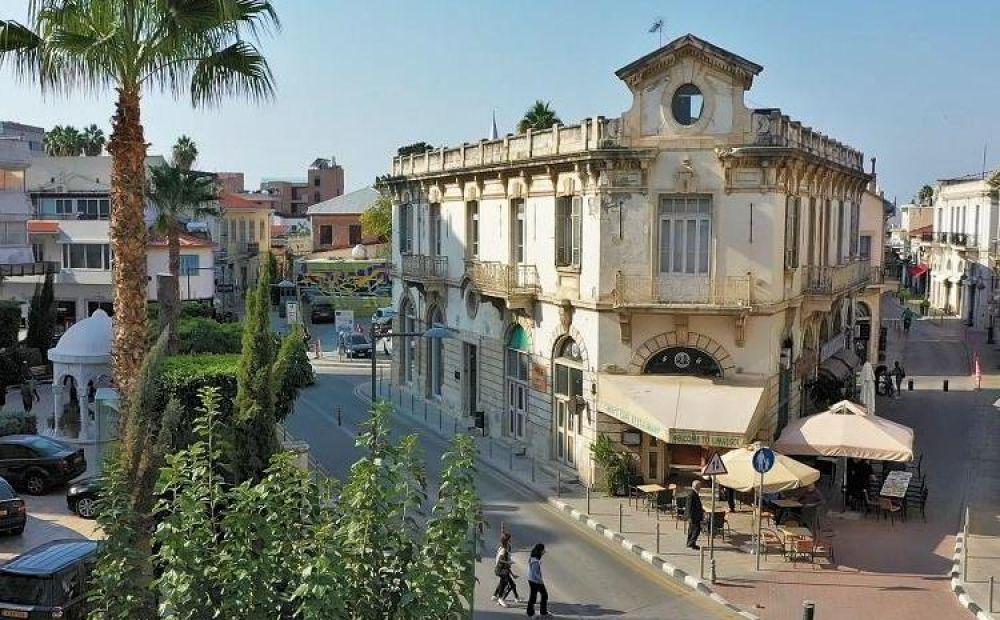
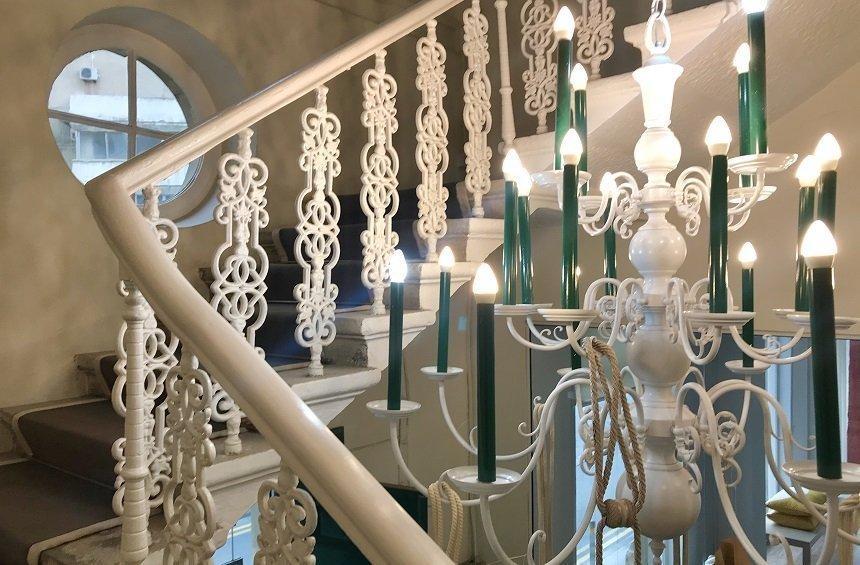
Curium Palace Hotel
The building is located near the Agios Nikolaos roundabout and the municipal park. Its modest facade hides the former fashionable hotel with 60 spacious rooms.
Curium Palace was the first large-scale international tourist establishment that met the highest quality standards of its time. The construction of the hotel was initiated by Christos Milonas. In 1937, he purchased the ready-made hotel project developed by Benjamin Ginzburg, along with a plot of land on the outskirts of the city.
By 1954, a 25-room building was erected in Limassol, and by 1960, it was expanded to 60 rooms. Initially, the hotel was named "Amathus Palace," but later the name was changed to "Curium Palace." The hotel was for a long time the hallmark of the city and a favorite place for businessmen and the "golden" youth.
In 2023, it was announced that the hotel is to be demolished. In its place, a modern 9-story commercial skyscraper will be built. The lower floors will host shops, while the upper ones will house office spaces.
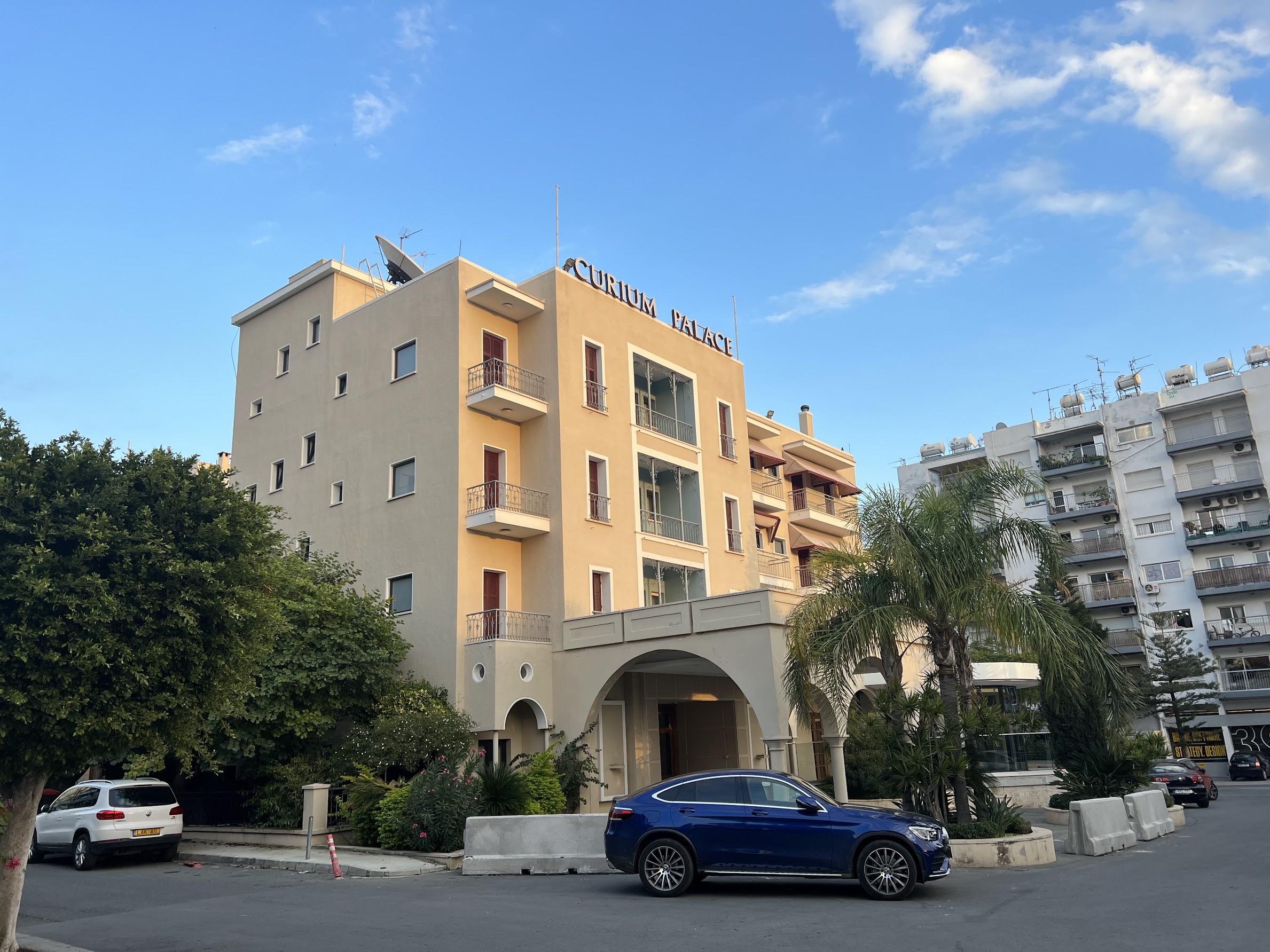
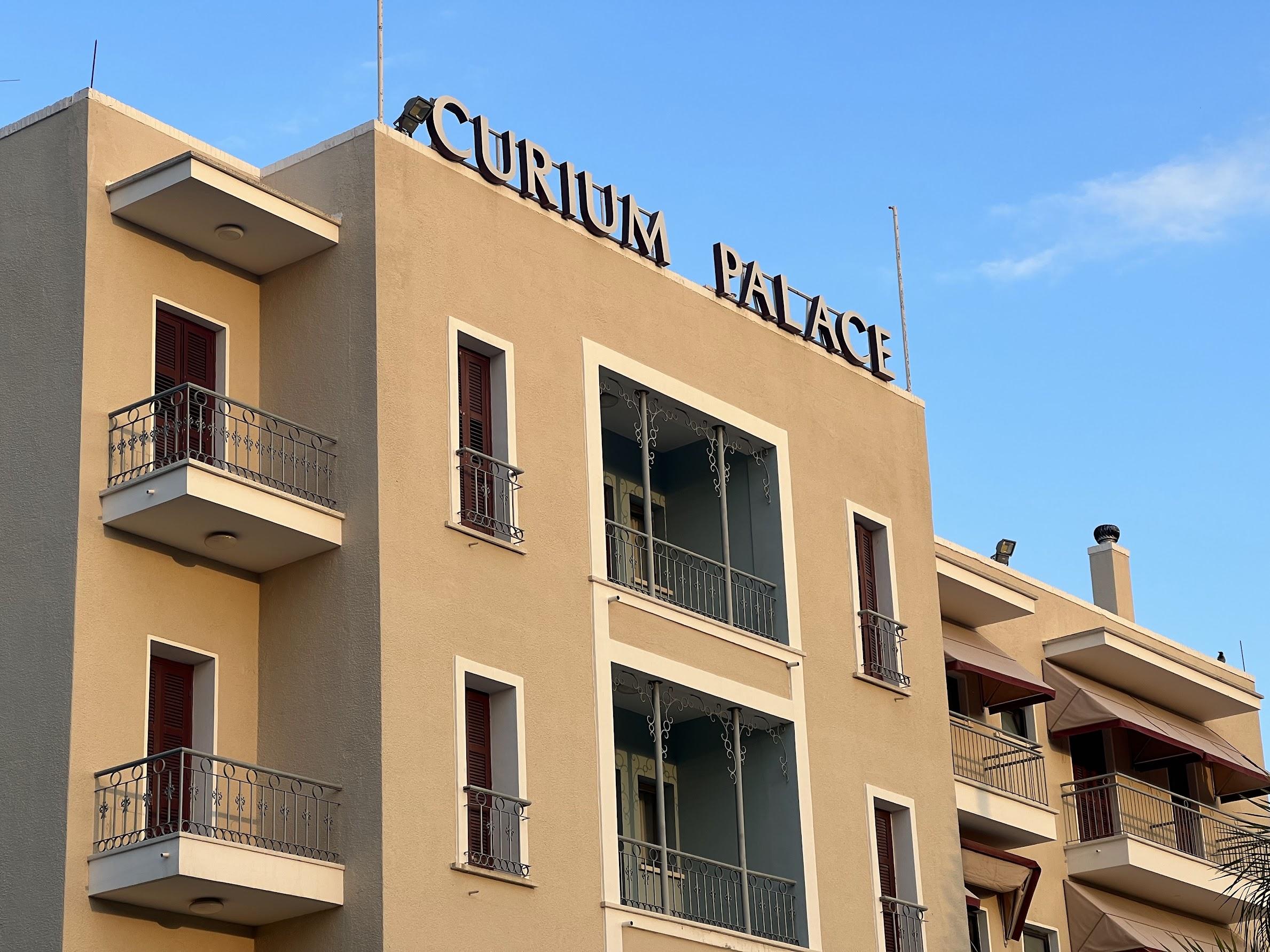
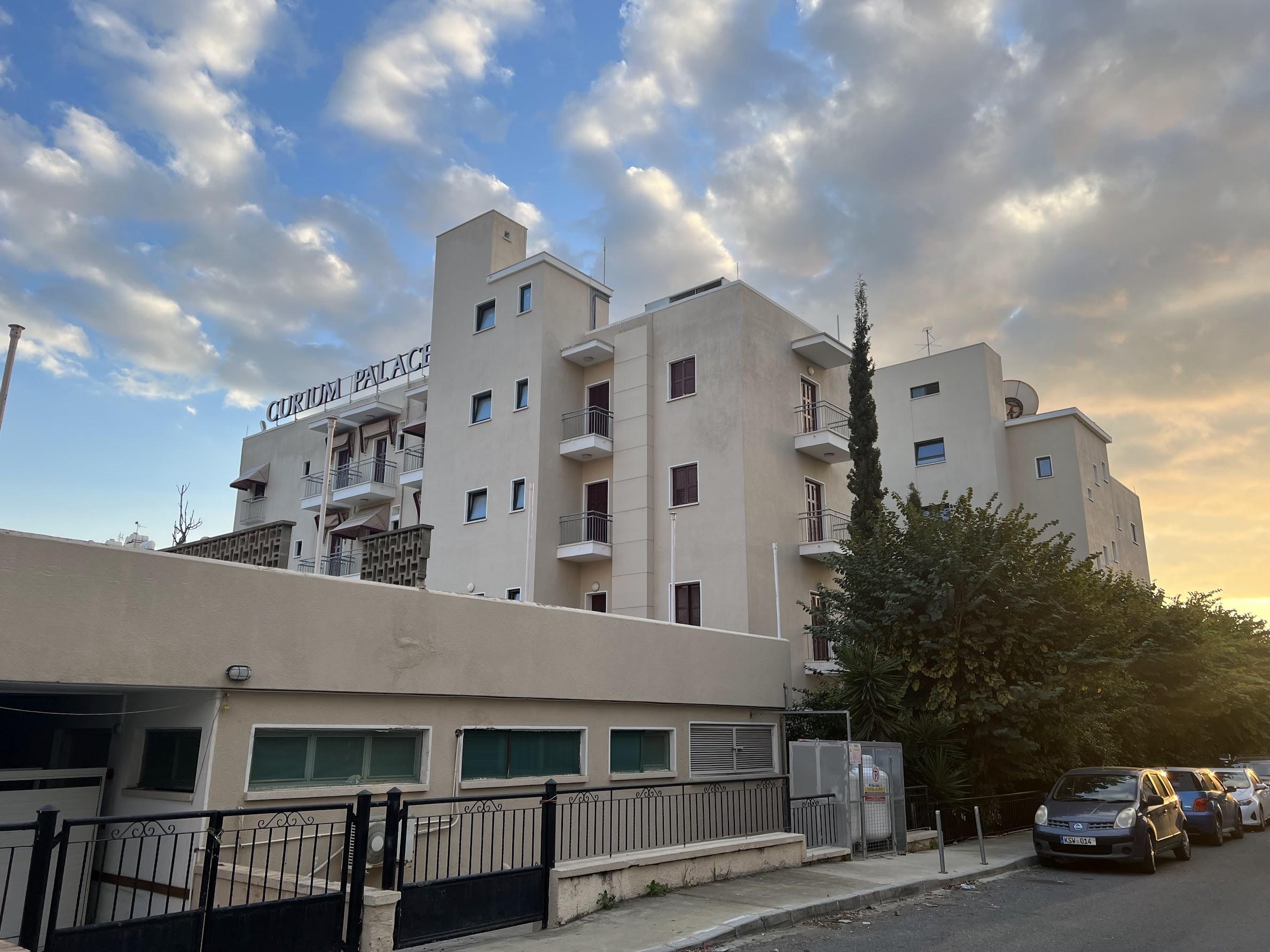
Krystallia Pavlides Mansion
The house, built in the late 19th century, is today one of the main landmarks that reminds us of the bygone times in Limassol's history.
The large and majestic building is an example of the aesthetics that were once characteristic of the wealthiest members of Cypriot high society.
The mansion belonged to the merchant Michalis Gavriilidis or , one of the richest people in Cyprus by the end of the 19th century. Rumors had it that he had an estate worth 175,000 pounds and an annual income of 11,000 pounds, although it was said that the real value of his assets exceeded 300,000 pounds.
In 1922, he gave this mansion in the classical style as a dowry to his only daughter, Krystallia. Krystallia married the famous businessman Pavlos Pavlidis, who owned an equally impressive house a few meters from his young wife's home.
In addition to typical elements of Renaissance architecture, the mansion featured an unusual staircase that floated over the garden, leading from the main building to the terrace on the roof of the annex on the western side of the house.
Since the mid-1930s, the owners of this quite large estate rented out some of its spaces as offices for various companies. Finally, the mansion was fully handed over to the Limassol municipality, which used it to accommodate some of its services until 2005. Today, the house is abandoned.
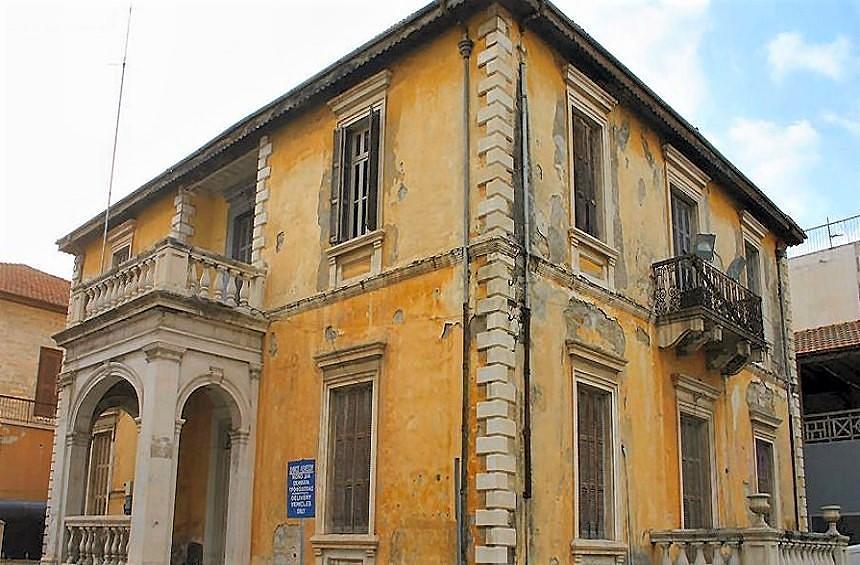
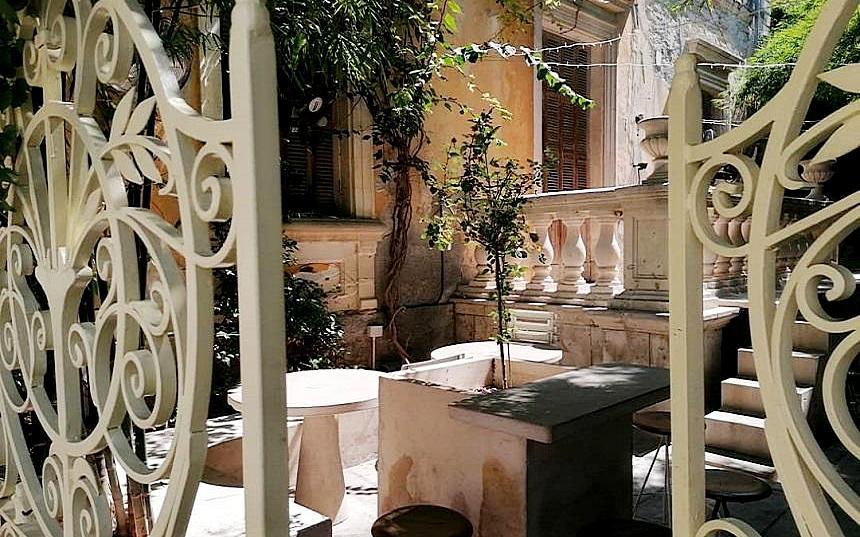
Yakovides Residence
The Yakovides Residence is one of the most famous buildings on Agios Andres Street in Limassol. It is a true work of art, synonymous with the classical beauty of the historical center, a symbol of the era when the prosperity of city traders was reflected in the elegance of the buildings they lived in.
The building was constructed by the renowned Cypriot architect Zacharias Vrondas in the early 20th century on the order of the merchant Panayiotis Yakovides. For a long time, he lived on the second floor of the house, while the ground floor housed his shop.
To this day, the ground floor continues to operate as a commercial space, selling souvenirs. However, the second floor remained closed for decades. In the 1990s, a young Iranian entrepreneur who was also engaged in the textile business rented this floor for his company's office.
The building inevitably attracts the attention of passers-by. However, it has never been open for free visits. Everything changed in the spring of 2021 when the tenant's wife, Sanaz, decided to turn these premises into a unique modern art gallery. The room with high ceilings, floor, and baroque details of the old mansion became a perfect space for exhibiting simple but impressive works of art. The elegant interior and paintings by contemporary artists create an amazing contrast. Given new life, this exquisite building continues to preserve memories of the past.

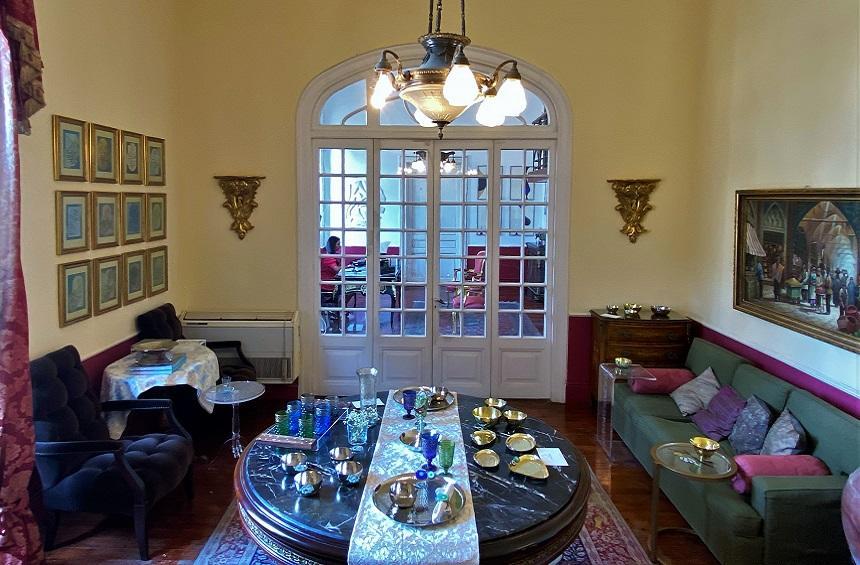
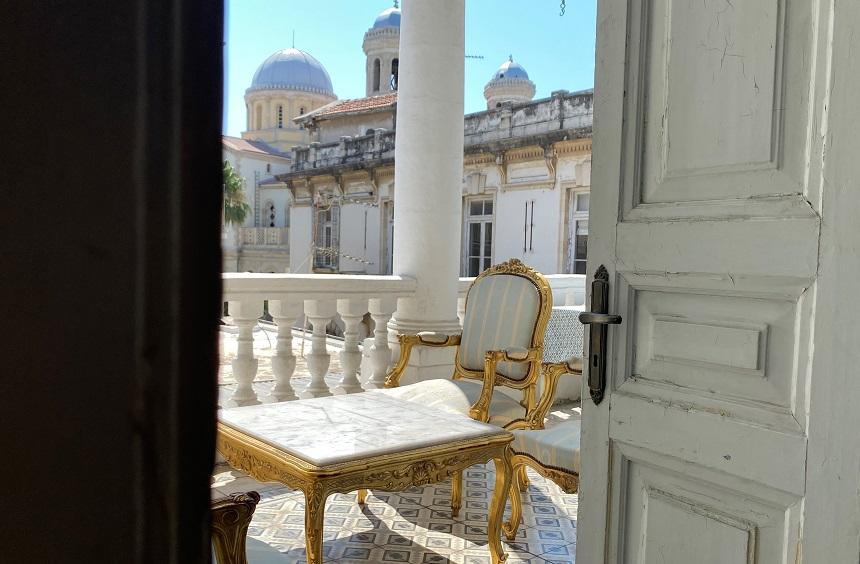
Bonus
In the late 1940s, the ETKO winery was built on the outskirts of Limassol. It operated here until 1971. Today, the Olympic Residence residential complex stands in its place. In memory of the winery, a brick chimney was built in front of the high-rise buildings, reminding people of the history of this place.
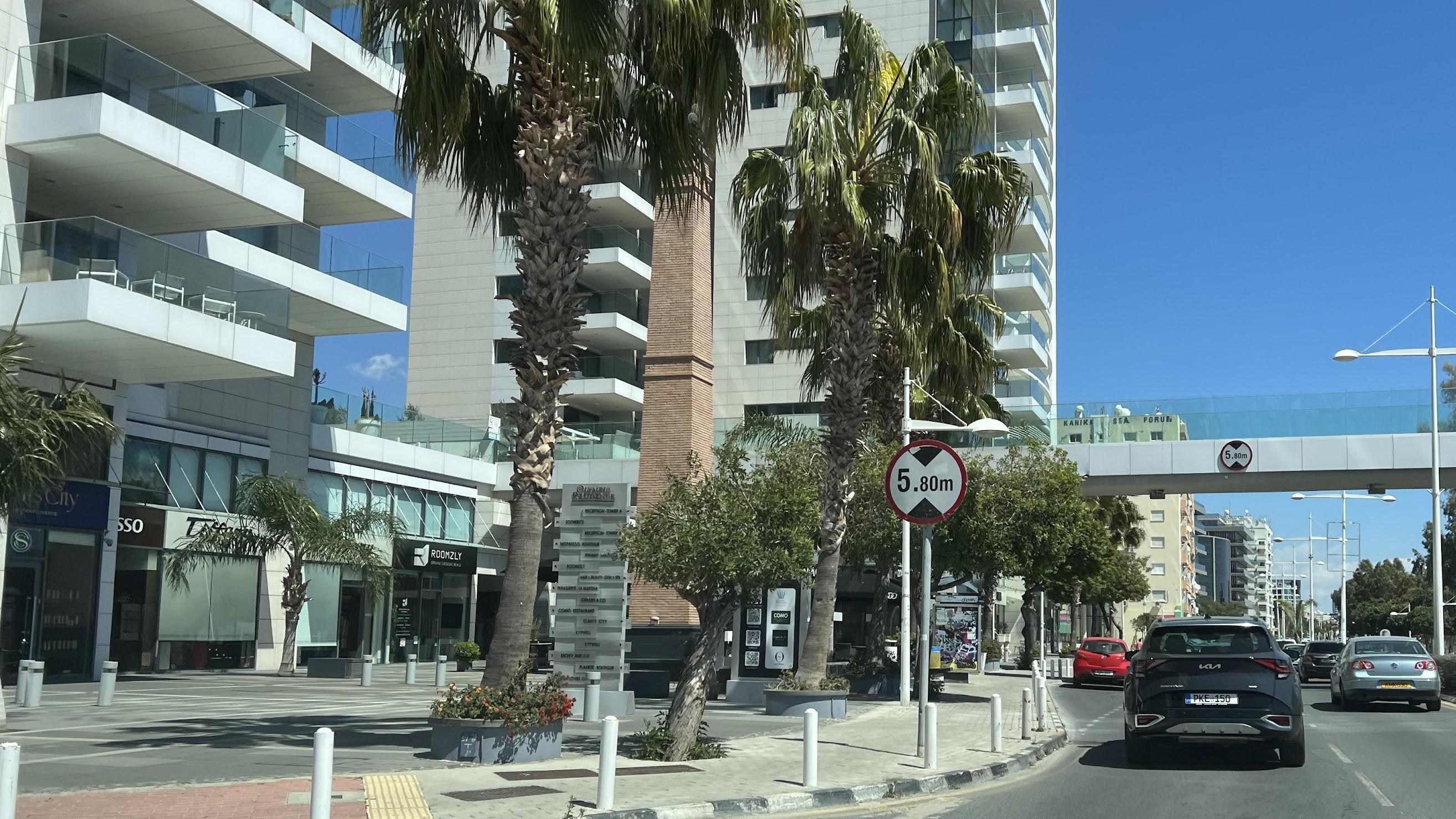
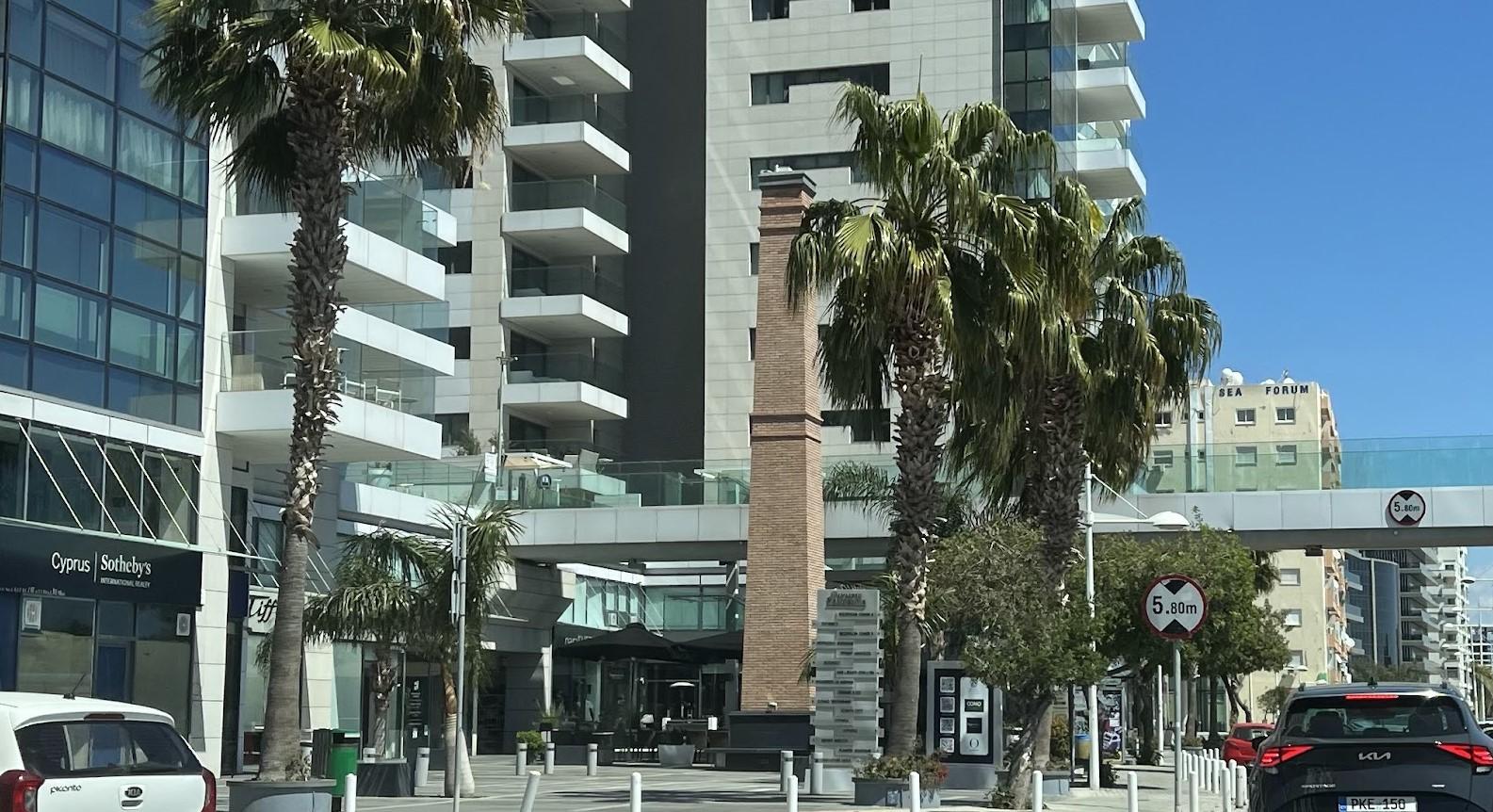
For detailed information about all the projects in Limassol, you can contact the specialists of the number one real estate agency in Cyprus, DOM, by phone +357 25 212 212, or in person at the address: Demetri Psatha 24, Kolonakiou 4102, Limassol, Cyprus.
Read also:

